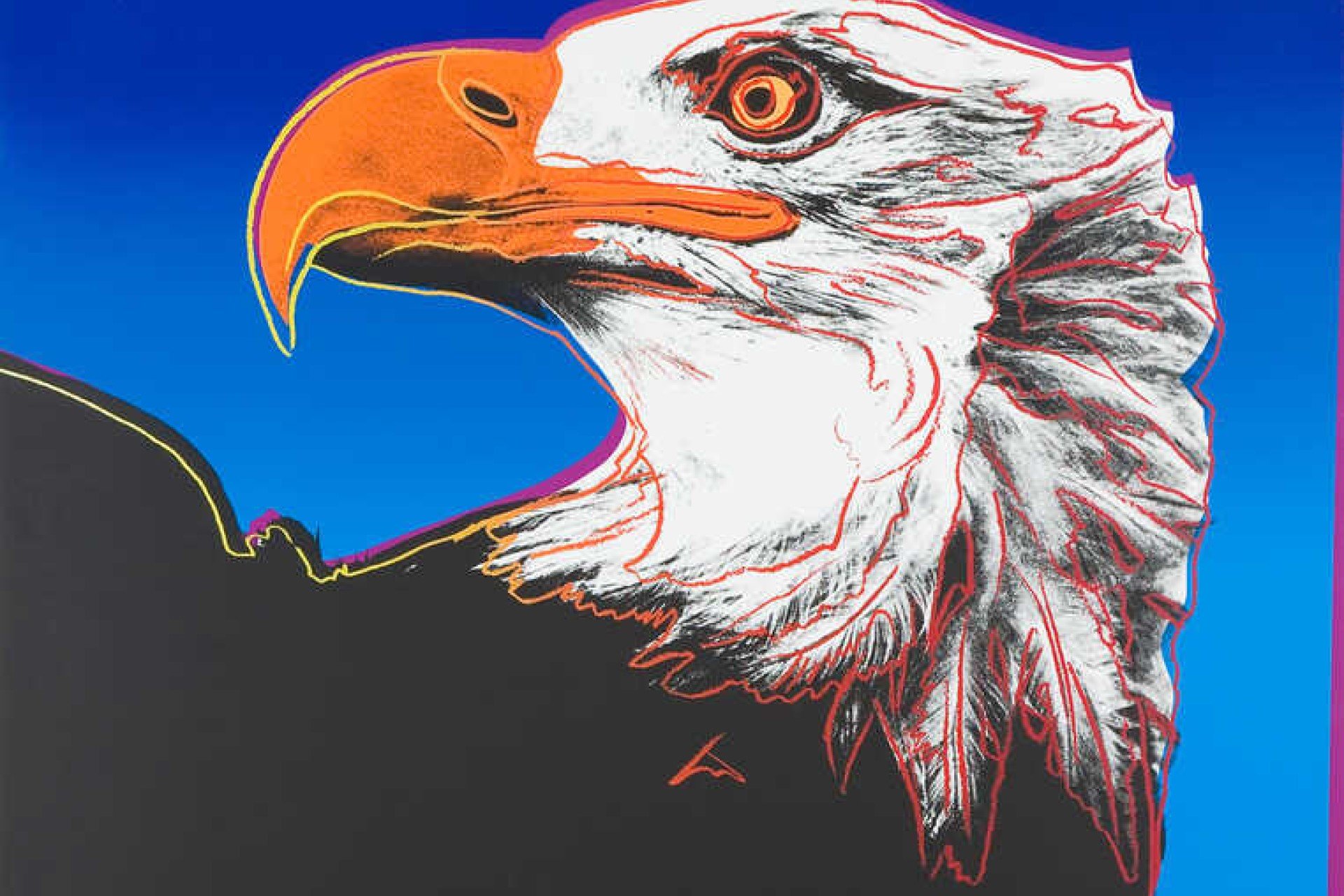A Peek Inside the Mass Audubon Vault: Andy Warhol’s “Animals in Make-up”
June 17, 2024
While Andy Warhol isn't typically associated with wildlife art, the superstar of Pop Art often found inspiration in nature. In 1983, he created a special group of silkscreen artworks he called his Endangered Species Series. His aim was to raise awareness about animals facing threats worldwide. The series highlighted 10 animals listed under the 1973 Endangered Species Act, such as the Bald Eagle, Siberian Tiger, and Giant Panda. The series was showcased in prestigious venues like the American Museum of Natural History in New York, spreading its message far and wide.
Mass Audubon was lucky enough to acquire two of these pieces directly from the artist in 1983, and they remain fascinating pieces in our expanding collection of art today.
How Art Shines a Light on Wildlife in Need
Commissioned by art dealers Ronald and Frayda Feldman, the animal portraits are infused with Warhol’s signature celebrity style, giving the animals a vibrant and eye-catching makeover he dubbed "animals in make-up.” Warhol donated 100 prints to wildlife conservation groups, including two to Mass Audubon –the Bald Eagle and the Pine Barrens Tree Frog.
The Bald Eagle, native to North America, has been a powerful emblem for thousands of years. At the time of Warhol’s work, however, they were going through a tragic decline due to the use of the toxic pesticide DDT. After a federal ban of the pesticide, their populations have bounced back, and they can now be found throughout Massachusetts, often near water. Today, we’re facing similar challenges with anticoagulant rodenticides in common rat poisons, which threaten large birds of prey that eat the poisoned rodents.
The Pine Barres Tree Frog is not found in Massachusetts but has undergone population decline due to Atlantic coastal plain habitat loss. They are now only found in remote pockets of the Southeastern United States.
In 1986, Warhol collaborated with Kurt Benirschke, then director of research at the San Diego Zoo, to produce the book, Vanishing Animals, in which Warhol’s endangered species works appeared alongside Benirschke’s research on the animals’ habits and habitats. One reviewer said of the publication, “I have not come across anything so immediately illuminating as this... an extremely agreeable way for scientists to sense what is ultimately at stake as we grossly deplete the panoply of life-forms sharing this earth.” (Myers, Norman. American Scientist 75, no. 3 (1987): 292–93.)
Strengthening the Connections Between Nature and Art
Warhol's connection to nature wasn't just a passing interest. From tending to a flower garden in his youth to sketching animals at the Pittsburgh Zoo during college, he maintained a lifelong fascination with the natural world. Later in life, he even invested in several plots of land that are now protected by the Nature Conservancy. So, while he may be best known for his bold and colorful soup cans and Brillo boxes, Warhol's passion for nature shines through in his Endangered Species Series.
The Nest at Mass Audubon’s MABA Education Center, aims to foster the power that nature has to inspire great works of art. We host programming on nature journaling, printmaking, live animal drawing, ceramics, photography, and more. Perhaps the next Warhol is already among us, moved by their experiences and knowledge to create something truly eye catching.
Where Can I See Warhol’s Art?
Andy Warhol’s “Animals in Make-up” pieces are currently in storage as we build a permanent home for Mass Audubon’s American Bird Art collection of over 3,000 works. While the gallery is currently closed, MABA is developing a new vision for sharing and featuring world-class bird art. If you believe in nature’s ability to inspire art, passion, and activism, please consider donating today.
Stay Connected
Don't miss a beat on all the ways you can get outdoors, celebrate nature, and get involved.




